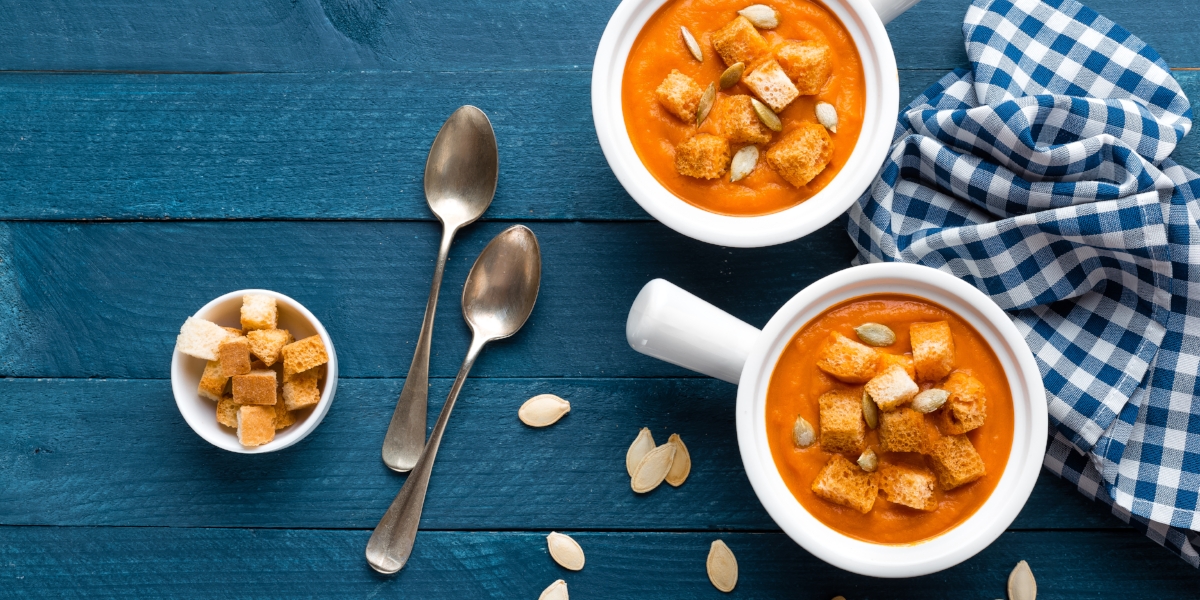There's a reason chefs say that clarified butter is pure gold in the kitchen. Here's how to make it and how to cook with it.
We love clarified butter. It's the pure, creamy, golden result of slowly melting butter and straining out the water and milk solids. Clarified butter is one of those go-to ingredients in restaurant kitchens that makes everything better. Best of all, it is easy to make at home, to give a golden touch to hollandaise sauce for eggs Benedict, to sauté vegetables, fish, or meat, or even as a secret essential ingredient to make extra-luxurious scrambled eggs. Here's what you need to know about the pot of gold chefs rely on in their kitchens.
What is clarified butter?
Let's back up a minute. Butter is made with butterfat, water, and milk solids. The amount of each component varies depending on the type of butter and the brand. When butter is clarified, the milk solids and water are removed, leaving just the butterfat.
What is the difference between clarified butter, ghee, and brown butter?
Clarified butter, brown butter, and ghee are not the same! Ghee, which is used in a lot of Indian and South Asian cooking and is shelf-stable, is a style of clarified butter that is cooked just a bit longer, so the milk solids toast a bit to give it slightly nuttier flavor. Brown butter is cooked much longer, for a deeper, richer color and flavor.
How do you cook with clarified butter?
Since clarified butter has been heated enough to remove the water, it has a higher smoke point — about 100 degrees Fahrenheit higher than melted butter. This means you can sauté and pan-fry with it, adding buttery flavor to more of your cooking. Or, use clarified butter to make hollandaise sauce to drizzle over fish, eggs, meat, or vegetables. Clarified butter (also known as drawn butter) is served as a dipping sauce with boiled or grilled lobster or crab.
How do you clarify butter?
To clarify butter on the stove, simply heat a pound or more of butter in a saucepan over medium heat. Let it melt without stirring until the milk solids rise to the top, about five to 10 minutes. The butter should be bubbling, and become foamy on top. Remove the pot from the heat and let the butter sit for five minutes. Then, skim the foam off the surface, and pour the clear, golden butter into a glass jar or other container, leaving the residue from the milk solids in the pot.
Chef Thomas Kim offers an even easier way to clarify butter. First, melt the butter and pour it into a container (preferably a clear jar you can see through). Place the butter in the fridge and let it sit for several hours or overnight to separate and solidify. The next day, skim the surface of the butter with a spoon. Then, using a chopstick or skewer, poke a hole in the butter along the side of the container and pour out the milk solids. You and your butter are ready for anything.
This article was written by Chandra Ram from Food & Wine and was legally licensed through the DiveMarketplace by Industry Dive. Please direct all licensing questions to legal@industrydive.com.








